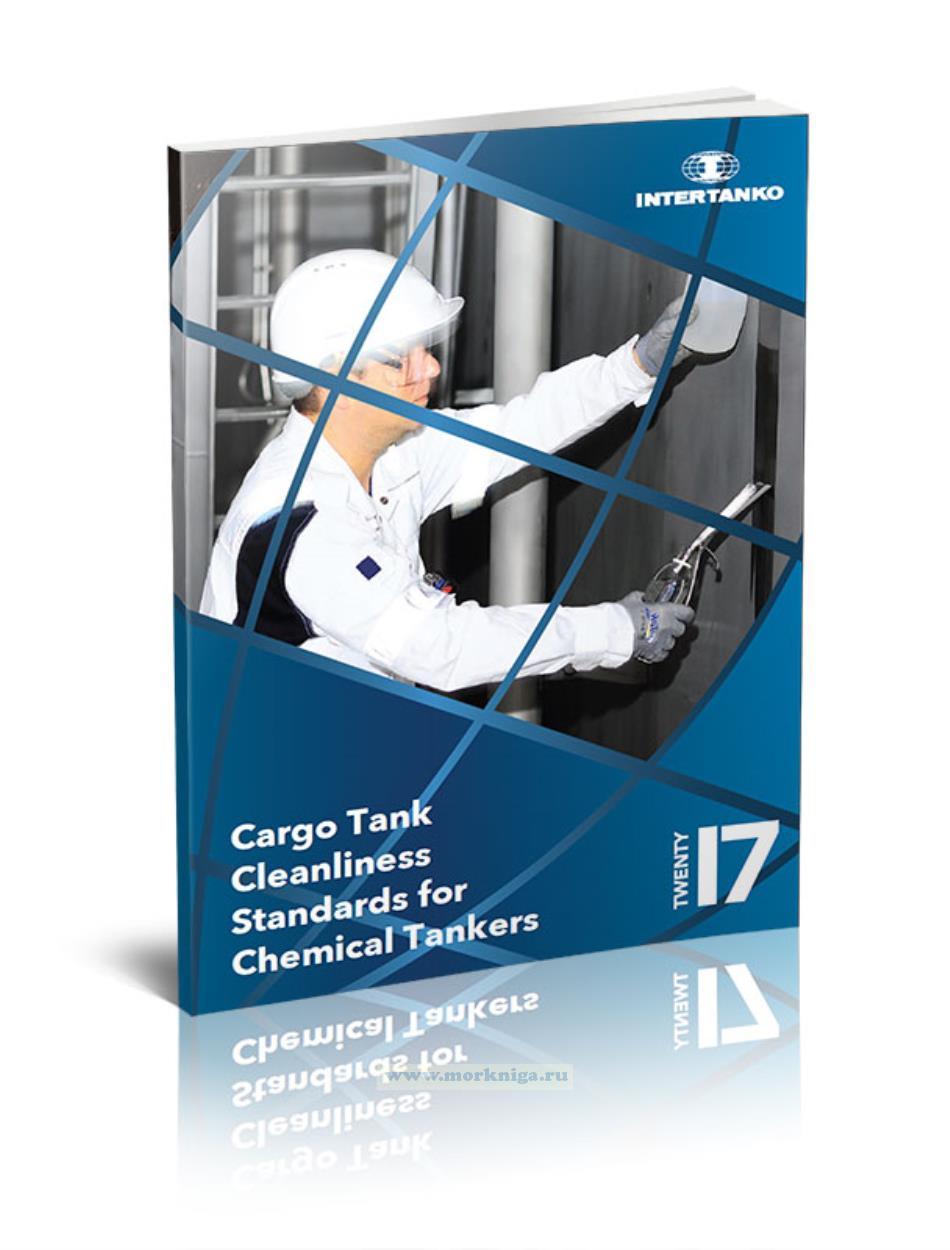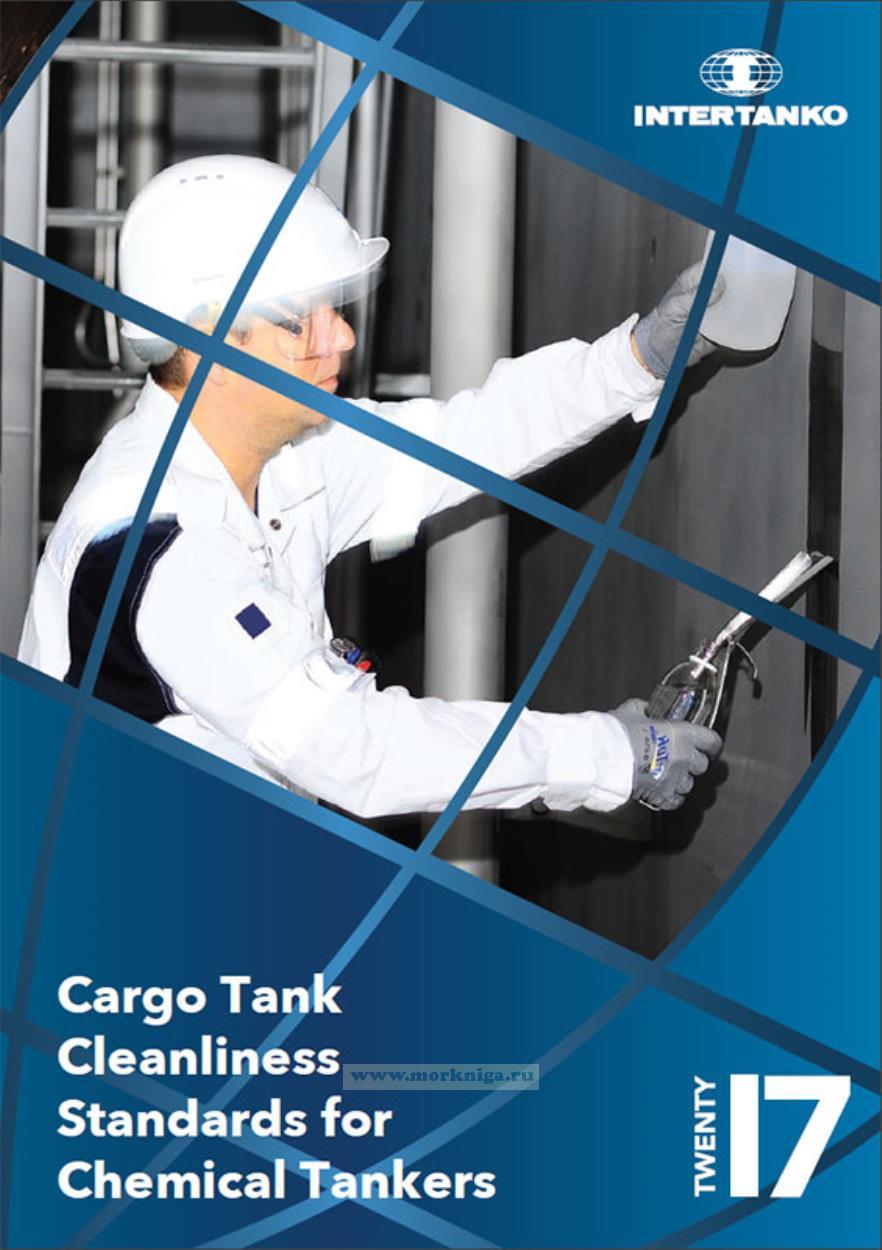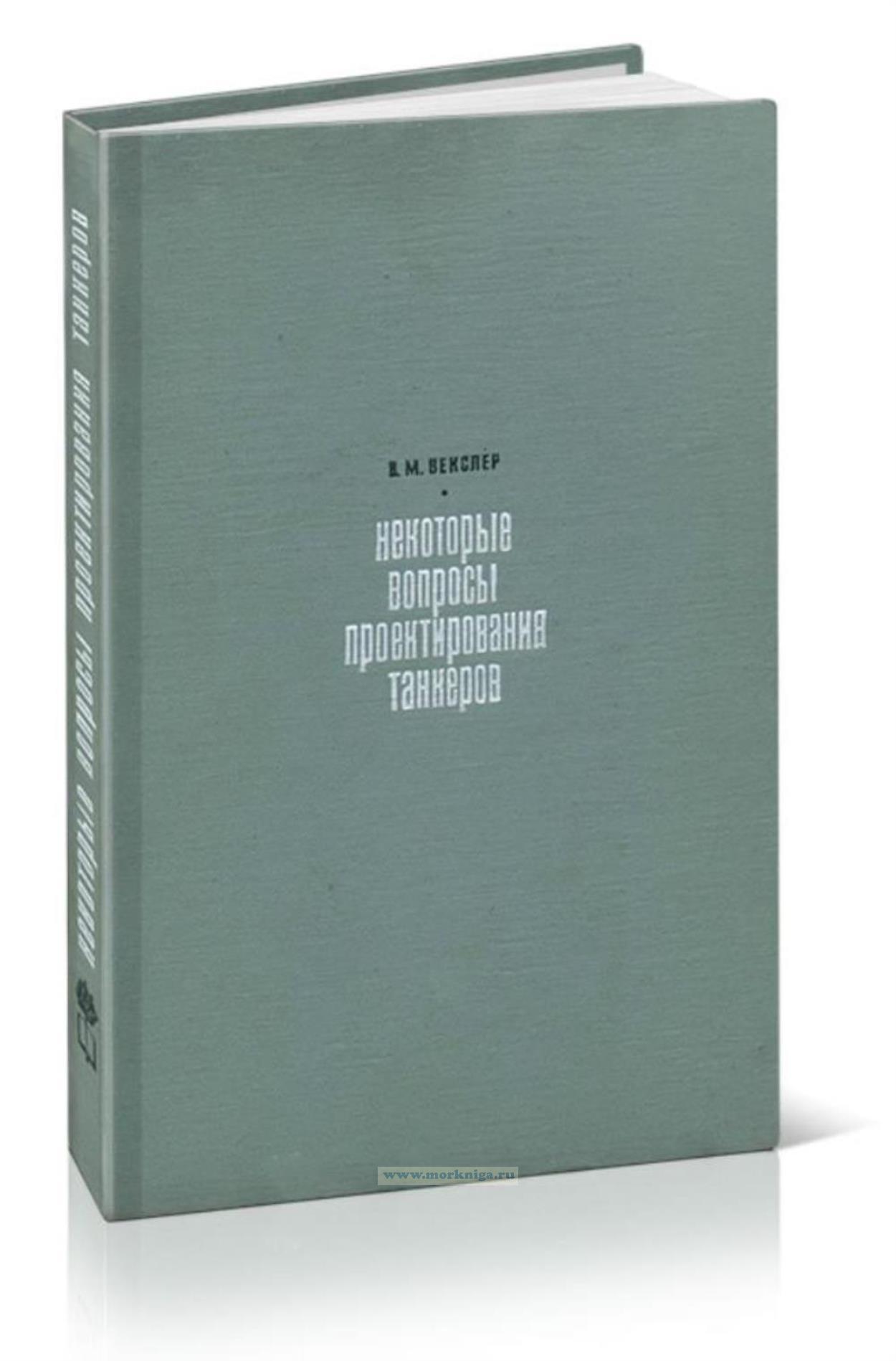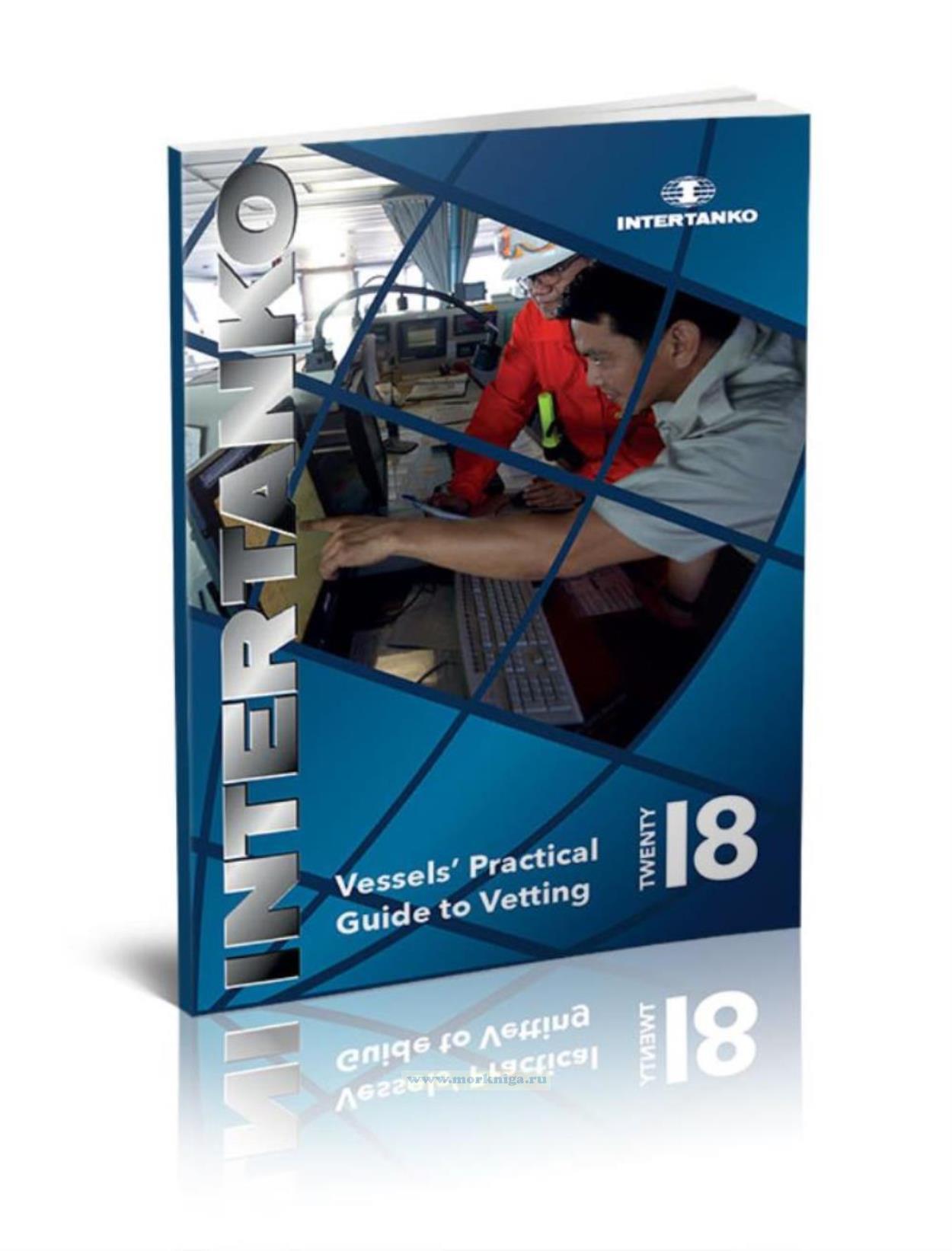Сб с 10 до 16
Cargo Tank Cleanliness Standards for Chemical Tankers
Adopting these new revised standards will provide the following benefits:
- Charterers can simplify their instructions to ship owners
- Introduce simplicity and increased standardisation in the verification of tank cleanliness.
These standards will deliver increased efficiencies in cost, environmental protection (emissions, chemical usage, time/financial resources) etc. as long as the “least restrictive” standard has been chosen based on cargo’s intended end-use.
The definitions of each of the four tank cleanliness standards are supported by test criteria using traditional wall wash sampling procedures. The fact that these definitions describe a wall wash test method does not imply that the cleanliness standard of the tank should be verified by a charterer’s surveyor prior to loading.
The standards introduce “on-board tests” to assist the crew in verifying the standard of tank cleanliness.
These “on-board tests” have long been used by the industry and can be performed by the crew by utilizing equipment readily available on board.
The key to ensuring that tank entry by charterer’s surveyors is minimised will be in documenting the test results achieved by the crew on board and presenting these to the charterer prior to arrival.
In addition, a “wash-water” test has been introduced as another “on-board test”. This is a test of the washwater that is being pumped out of a tank during a tank cleaning operation and is based on the premise that when the wash-water is clean and largely free from previous cargo residues, the cargo tanks and lines can also be considered clean.
As with all test methods, the limitations of this test method must also be clearly understood. A guideline to the wash-water test method and other “on-board test” methods is included.
Contents
Introduction
i. Predictability and standardisation
ii. Avoiding over cleaning
iii. Improved port turnaround
iv. Clarity on charterparty terms
v. Reduction of the number of in-tank inspections in port
Background
Application of the revised tank cleanliness standards
Recommendations
Cargo Tank Cleanliness Standards for Chemical Tankers (table)
The Cargo Tank Inspection
Introduction
Cargo Tank Inspection by Wash-Water Analysis
Applicability and limitations of testing wash-water
Process Description
Equipment
Sample Analysis
Data
Addition of New Cargoes
Process Verification for New Cargoes
Appendix 1: Sample Tank Cleanliness Certificate


 Некоторые вопросы проектирования танкеров
Некоторые вопросы проектирования танкеров  Vessels’ Practical Guide To Vetting. Практическое руководство по проверкам судов
Vessels’ Practical Guide To Vetting. Практическое руководство по проверкам судов  Системы мойки танков морских танкеров: Конструкция, основы эксплуатации, перспективы развития
Системы мойки танков морских танкеров: Конструкция, основы эксплуатации, перспективы развития